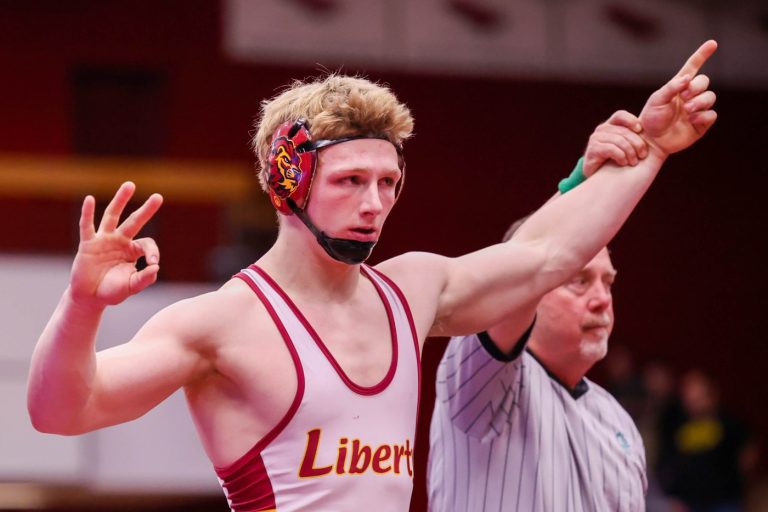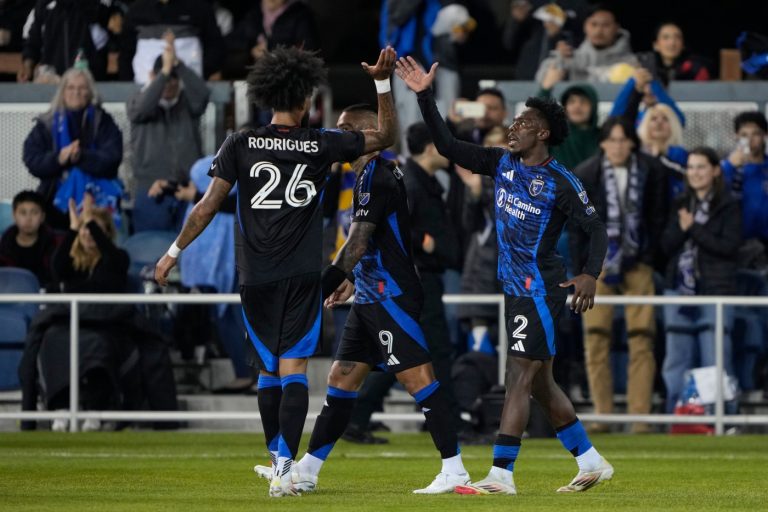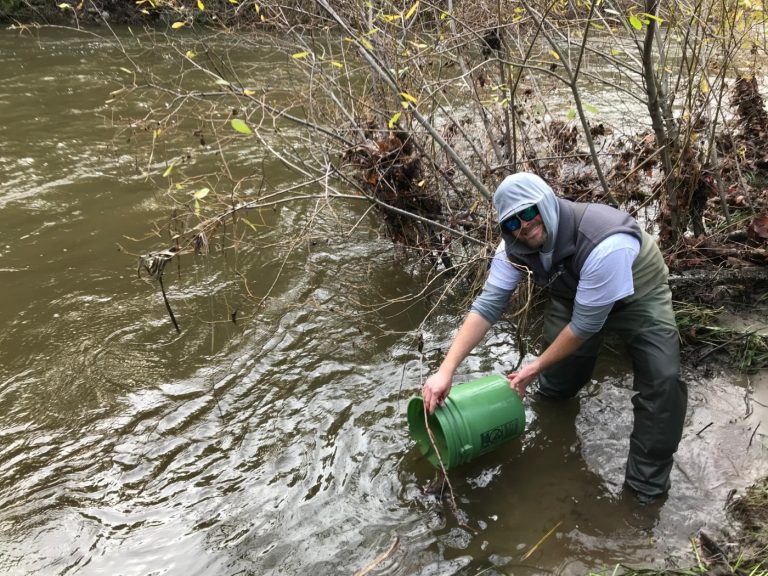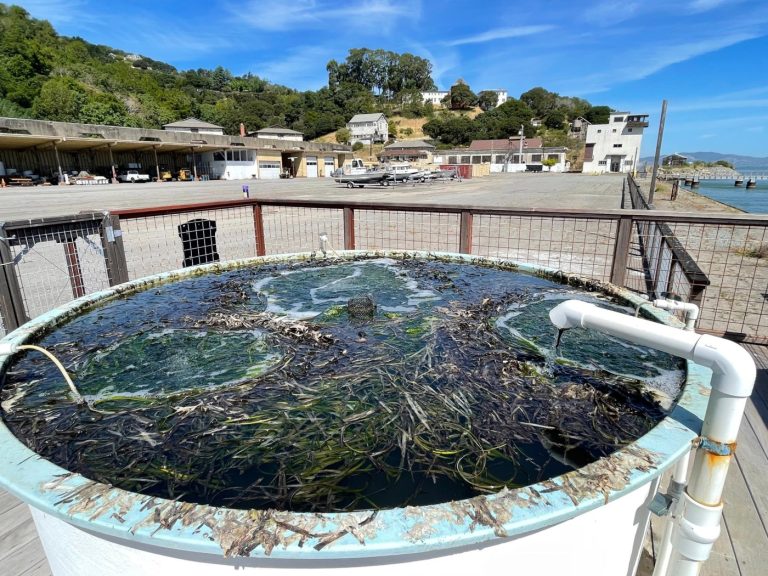When 28-year-old Candace Frederick felt a bump under her armpit, she thought it was an ingrown hair.
Not long after, though, a bit of blood discharged from her nipple.
Frederick didn’t know what to make of her experiences, but she knew something wasn’t right.
She arrived at an imaging center to get a mammogram, but the staff told her that because she was so young, they would give her an ultrasound.
“They said if we see anything, then you will get a mammogram,” she said. “And then they called me back in to do a mammogram.”
From the ultrasound, mammogram, and eventual biopsy, Frederick learned she had calcifications on one side and a tumor on the other. She received a dual diagnosis: Stage 3, invasive cancer, in one breast and Stage 0, an early form of cancer, in the other. An oncologist came up with a treatment plan: the removal of her lump and some radiation.
But then, something happened that changed everything: Frederick underwent genetic testing.
Cancer survivor Candace Frederick, right, dances at her remission party in her Miramar, Florida, backyard on Saturday. (Mike Stocker/South Florida Sun Sentinel)
The role of genetic testing
Genetic testing is done with blood, saliva, or cheek swabs and analyzes a person’s DNA for gene mutations that increase the risk of developing diseases. The past decade has seen a rapid expansion of genetic tests that also inform patients about their risk of breast cancer and recurrence and guide their treatment. Anyone over 18, especially someone with a family history of breast cancer, is eligible. Newer panel genetic tests now look at a dozen or more genes, including seven mutations with risk factors for breast cancer.
“It’s a simple test, but the results can alter someone’s life plan,” said Memorial Regional Healthcare geneticist Tammy Adar.
Frederick had a family history of breast cancer on her father’s side. Her test results revealed she is one of 400 people with a BRCA1/BRCA2 gene mutation. Usually, BRCA genes prevent breast cancer by helping to repair DNA breaks that can lead to cancer and tumor growth. When those genes don’t work correctly, it is called a mutation. People with BRCA mutations carry a higher risk of getting breast cancer.
Having a BRCA gene mutation has various implications:
You are more likely to develop breast cancer and more likely to develop cancer at a younger age.
You are more likely to develop cancer in the opposite breast in the future.
You are at risk of developing ovarian cancer as well.
Gene mutations can be passed onto and through men and women, Adar said. If a man has a BRCA mutation, he becomes more at risk for pancreatic, breast and prostate cancer. Adar said that genetic information can help guide screenings and treatment.
Facing big decisions
After receiving her results, Frederick needed to make some choices that would affect everything from her treatment plan to her timeline to have children, to whether to do genetic testing of her future embryo, to which family members should get tested.
With a cancer diagnosis and the knowledge she had a BRCA mutation, the 28-year-old revised her treatment plan, opting for chemotherapy, a double mastectomy, and then radiation. She also needed to consider family planning. The gene mutation puts her at a higher risk for ovarian cancer, so she needs to consider future surgery. Frederick had been in a one-year relationship and faced decisions on her fertility timeline.
“For someone with the BRCA mutation, it’s recommended to have your ovaries and fallopian tubes removed between ages 40 and 45,” Adar said. “There are no good screening tools for ovarian cancer, and it usually arrives in the fallopian tubes.”
Frederick wants to have a family before that type of surgery and recognizes the childbirth process for her is more complicated and the timeline shorter. She takes three hormone therapy pills daily to prevent cancer recurrence and gets a monthly shot.
“I know I will have to stop my medication regimen that I am on and coordinate with my oncologist, fertility specialist and my gynecologist. We all have to coordinate to figure out how to make a baby,” she said.
Another complication may force choices, too. She has a 50% chance of passing the BRCA gene mutation to her children. If Frederick’s spouse or partner also has a BRCA mutation, their children have a higher chance of a genetic disorder called Fanconi anaemia. This can lead to shorter growth, a smaller head, and underdeveloped thumbs. It also puts the child at higher risk for early childhood cancers.
Again, she would have to make decisions.
“She could use IVF and have the embryos checked for a gene mutation,” Adar explained. “An embryo that does not have the gene mutation could be transferred to the womb, and the pregnancy continues as usual.”
Candace Frederick had shirts made for the guests at her remission party. (Mike Stocker/South Florida Sun Sentinel)
Should everyone do genetic testing?
Adar says everyone should learn their family medical history. “Filling in gaps in knowledge can be critical,” she said.
If someone’s family history reveals cancer in first-degree relatives, it could be a reason to get genetic testing. As a genetic counselor, Adar uses test results to guide patients on whether to notify other family members to pursue genetic testing, too.
Frederick says she has become passionate about urging others to listen to their instincts about their health.
Her primary care doctor had put her on a long wait list for an appointment, so she had asked her gynecologist to order her first mammogram.
“By the time it was caught, it was already stage three for me, and so if I waited until when I could get into my primary care doctor, what would my life have been like?” she said. “I probably wouldn’t even be here because the cancer had already spread so fast.”
Now, at 30, Frederick celebrated a year of remission by throwing herself a party. A behavioral health therapist, she credits her mental strength as the biggest contributor to her survivorship, even as the youngest patient in waiting rooms for her breast cancer treatment.
Her message to others is, “Don’t take no for an answer. Don’t let your age be why you don’t get your screening. Really advocate for yourself.”












